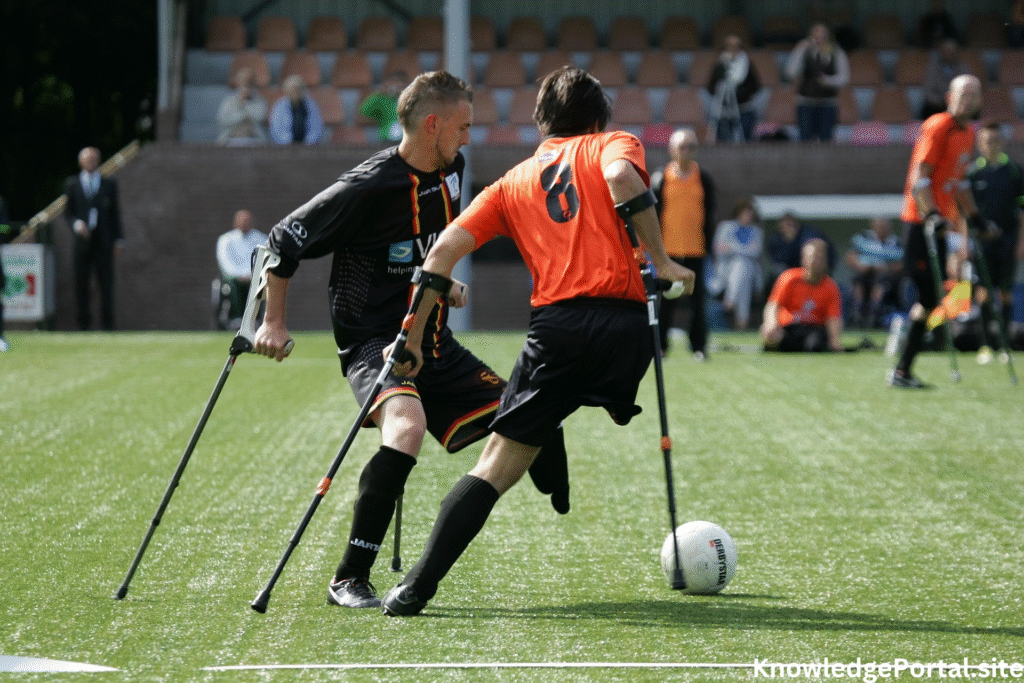Physical education games for K–2 are vital tools for teaching young children movement skills, teamwork, coordination, and good habits, not only entertaining activities. Kindergarten through second grade children are in a crucial period of physical and cognitive development. Including age-appropriate games in physical education (PE) lessons will enable teachers to help kids lay a firm basis for lifetime physical exercise.
K–2 Physical Education Games: Active and Fun Ideas for Young Students
This page will go over several interesting, simple physical education games for K–2 children. Whether your role is homeschooling parent, classroom teacher, or PE teacher, you will find games that encourage motor skill development, social connection, and general fitness—while keeping children delighted about moving!
Why Physical Education Games Matter for Kindergarten Through Second Grade Students
Children developing fundamental motor skills including running, jumping, catching, and throwing at the K-2 level are They are also starting to grow in social skills including obeying rules, sharing, and teamwork. For K–2, physical education activities offer the ideal setting for honing these abilities in a controlled but fun context.
Main Advantages:
Physical growth improves balance, coordination, flexibility, and gross motor abilities.
By means of rules and strategies, cognitive development enhances memory, attention, and decision-making.
Teaches empathy, cooperation, patience, and teamwork—social-emotional qualities.
Good habits: Starts an active life early on.
1.Warm-up games for K–2 physical education
Beginning every PE class with a fun warm-up game helps students become invigorated and ready their bodies for more demanding exercise. These games call for little equipment, are quick and straightforward.
A. Freeze Dances
Play music and let children dance about. They have to stop where the song stops.
Developed: bodily control, balance, listening.
Why It Works: This game relieves shy kids’ nervousness by mixing movement with attention management.
B. Animal Tours
Students imitate the motions of various creatures as you call them—such as bear crawl, frog leap, crab stroll.
Developed are strength, flexibility, motor planning.
Integrate interesting information about every animal for a cross-curricular spin.
2. Games based on movement
Perfect for burning energy and increasing cardiovascular endurance, these K–2 physical education games feature running, jumping, and chasing.
A. Red, Green Light
One youngster, or the teacher, stands at the front and yells “green light,” (go), and “red light,” (halt). Players try to reach the front without moving during “red light.”
Developed skills are impulse control, speed, listening.
Variance: Add “yellow light” for slow motion action.
B. Minnows and sharks
Playing in the middle of the gym or field one or more participants are “sharks.” The others, the minnows, aim to cross to the other side free from tags.
Agility, sprinting, avoiding are among the skills developed.
Encouragement of quick thinking and spatial awareness helps explain why it’s effective.
3. cooperative physical education games for K–2
Not every game demands competitiveness. For younger pupils, cooperative games—which emphasize group achievement rather than individual wins—are perfect.
A: Parachute Games
Use a big parachute for activities including “popcorn,” (bouncing balls), “mushroom,” (raising and seated under), and “cat and mouse,” (tag game under the parachute).
Skills acquired: strength, rhythm, teamwork.
Parachute, light balls are needed.
B. Throw the ball.
Students pass a ball in a circle either sitting or standing. Add variations include rolling, bouncing, or tossing.
Developed: turn-taking, hand-eye coordination.
Use several balls to raise challenge and enjoyment.
4. Games Developing Skills
Games emphasizing basic abilities are ideal for supporting K–2 level physical education requirements and benchmarks.
A. Toss Using Beanbags
Set up buckets or hoops at different distances, then have kids hurl beanbags into them.
Skills Acquired: underhand/overhand throwing, aiming.
Target color-codes and use letter or number recognition.
B. Volley with balloons
Using a balloon as a volleyball, couple or team of students should play. Keep it from touching the ground, please.
Developed skills are striking, timing, synchronization.
Bonus: Perfect for small-space or indoors.
5. Creative and imaginative games
Engagement is spurred by creativity. These creative activities let students stay active while expressing themselves.
A. Treasure Seeking
How to play? Arrange little “treasures” all around. Students track hints or execute physical activities to locate them.
Developed are skills in movement variation and problem-solving.
Incorporate reading cues or arithmetic hints across curriculum.
B. Path of Obstacle Course
How to play: Arrange cones, hoops, jump ropes, etc. into a course. Students finish the course consecutively.
Developed skills are balance, coordination, spatial awareness.
Change it every week for ongoing involvement.
6.Games for K–2 Indoor Physical Education
Limited gym access or bad weather doesn’t equal missing physical education. Children are kept moving and learning by these indoors friendly games.
A. Simon says
How to Play: Call out commands; but, students only follow if you say “Simon says.”
Developed are listening, following directions, motor planning.
Quiet Variation: Whisper commands for volume control.
B. Chair Aerobics
Playing with music, do basic seated exercises including arm circles, toe taps, stretching.
Developed skills are coordination and rhythm.
Perfect for classrooms with little room.
7. PE Activities for Growing Social Skills
Games that promote kindness, communication, and emotional control help young pupils immensely.
A. Mirror of Partnering
Students face a partner and copy their motions like a mirror.
Developed skills are focus, empathy, control.
Excellent for social bonding and relaxing transitions.
B. Thank you circle
How to play: Every youngster compliments another after a group activity.
Developed skills are self-esteem and good communication.
Add-on: tie into courses on character education.
In summary, giving movement significance
Young children must enjoy physical activity while acquiring crucial motor and social abilities, hence physical education games for K–2 are indispensable. Teachers may foster physical health, emotional well-being, and lifetime fitness practices by including entertaining, inclusive, and developmentally appropriate games into their classroom.
There’s no shortage of interesting ways to get youngsters moving—from a cooperative parachute exercise to a clever treasure hunt to a fast game of Sharks and Minnows. The secret is to combine enjoyment with goals so that every youngster feels successful, involved, and ready to contribute.